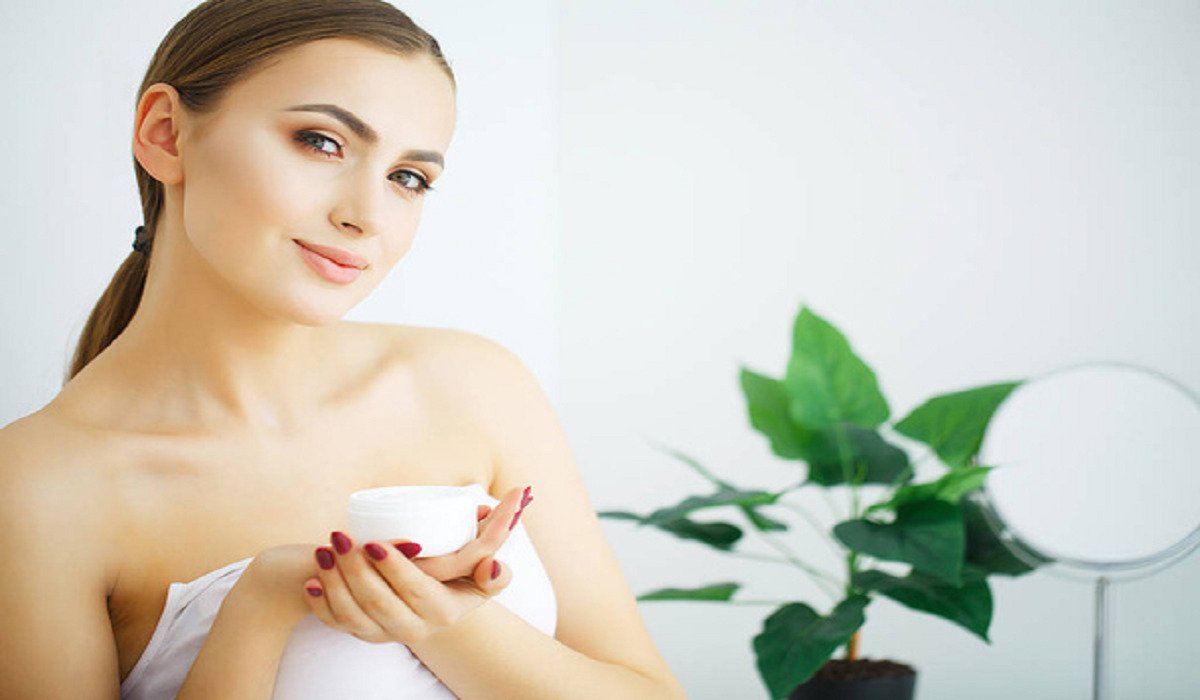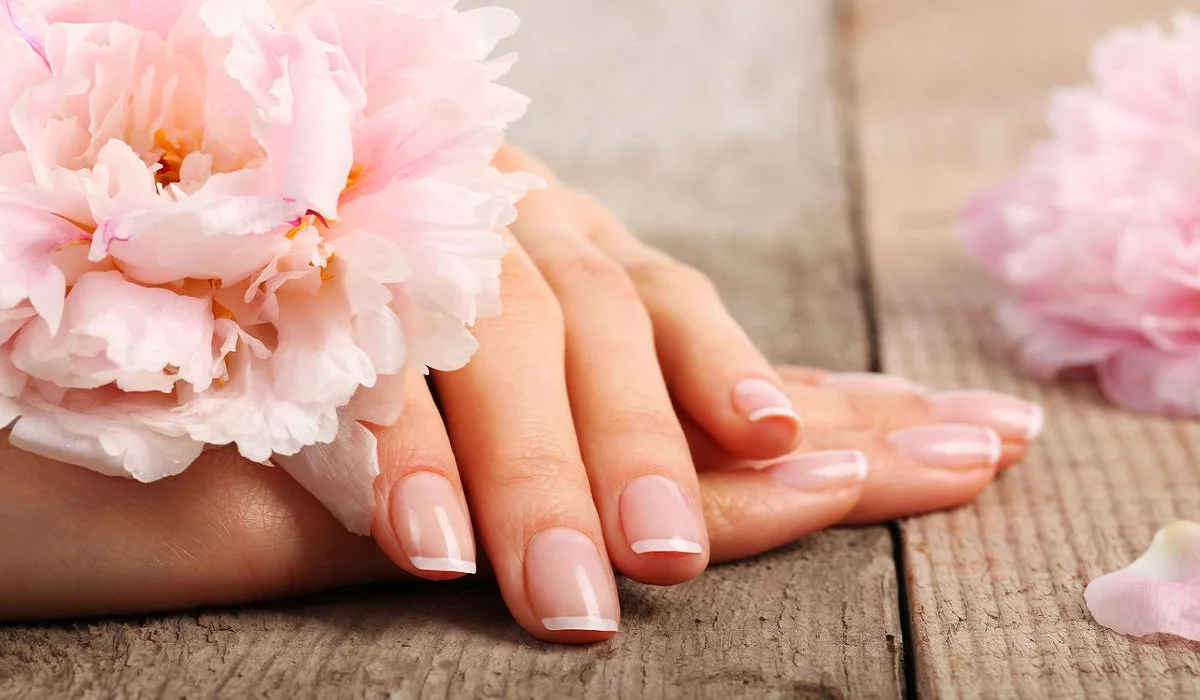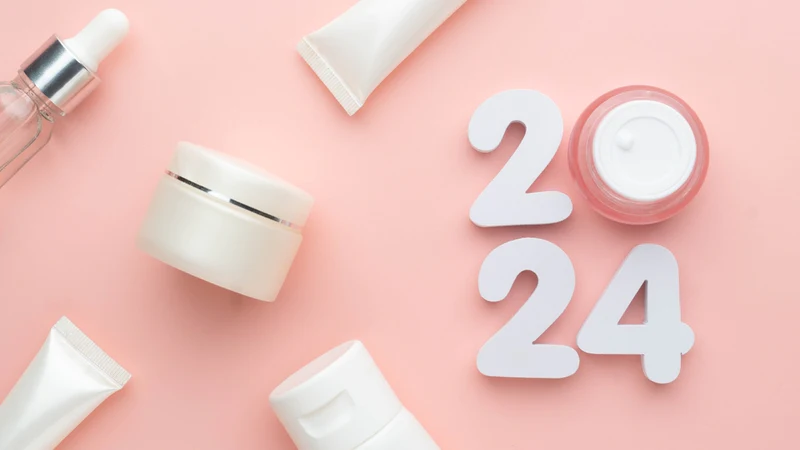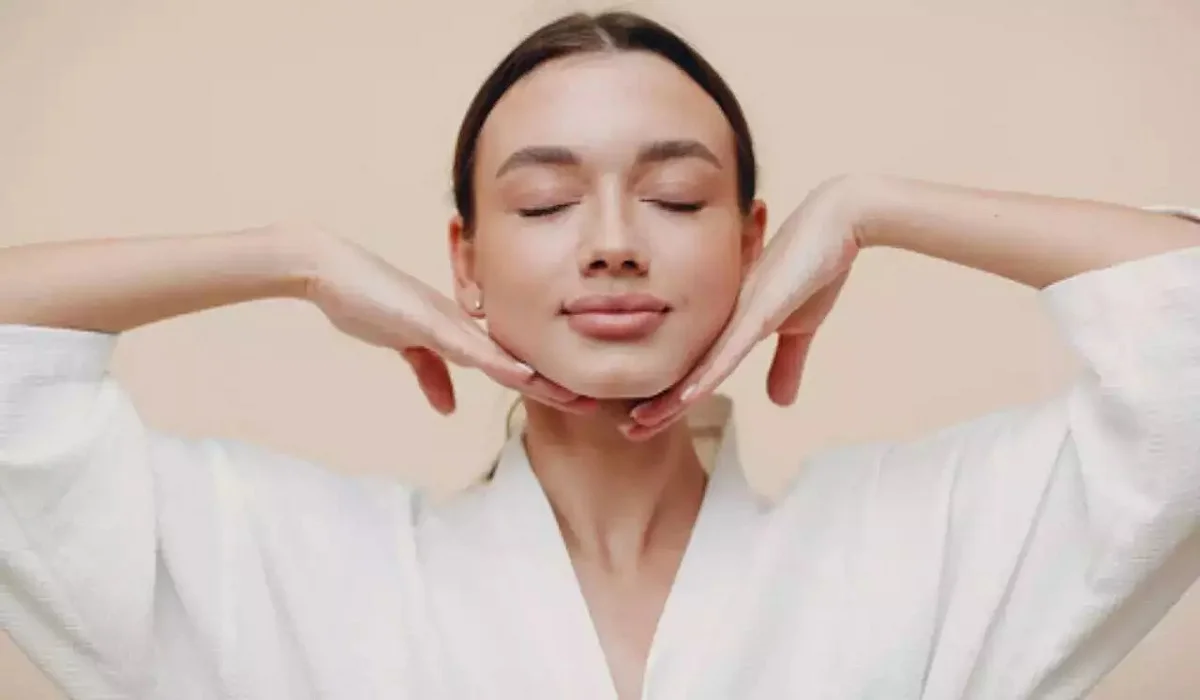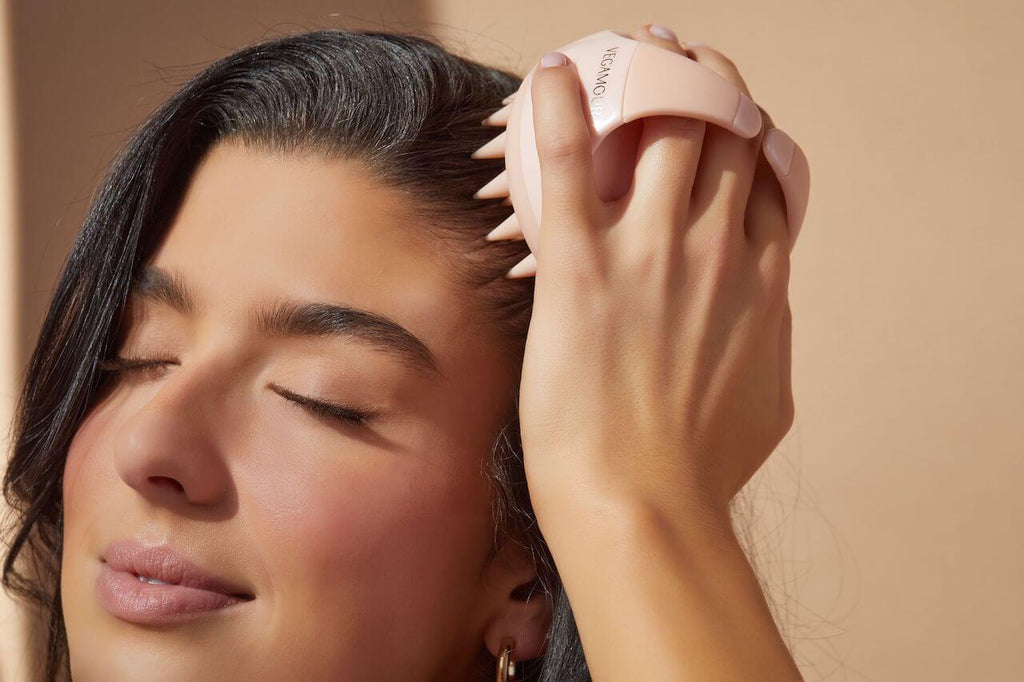Sleeping with wet hair is a common practice for many, often seen as a harmless shortcut in our nightly routines. However, this habit can lead to a variety of health risks and physical consequences for both your scalp and hair. This article delves into the science behind why sleeping with wet hair is detrimental, debunks common myths, and offers actionable advice for healthier hair care practices.
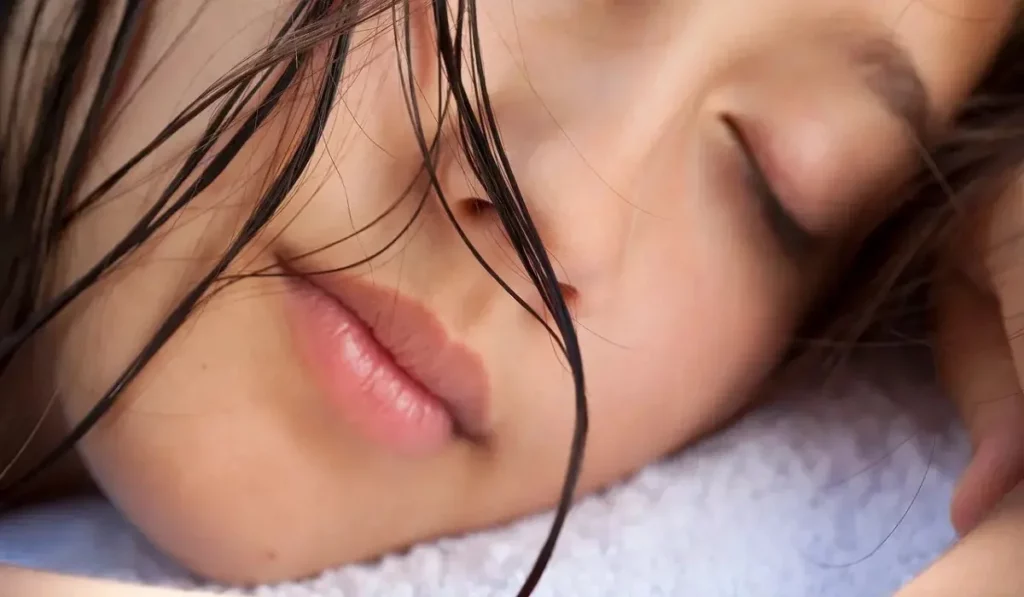
Understanding the Science
Hair undergoes significant changes when it’s wet. Water causes hair strands to swell, making them weaker and more susceptible to damage. As you move in your sleep, the friction between your hair and the pillow can lead to breakage and split ends. This section explains the biology of hair and how its interaction with water at night can be harmful.
Health Risks Associated with Wet Hair and Sleep
A wet scalp can create an ideal environment for fungal infections and dandruff. The moisture trapped close to the skin can disrupt the natural balance of your scalp, leading to conditions such as tinea capitis or seborrheic dermatitis. Additionally, the physical stress placed on weakened hair can accelerate hair loss and thinning. Here, we’ll explore these risks in detail, providing insights into how they can affect your overall scalp health and what you can do to mitigate them.
Physical Consequences
Beyond the health implications, sleeping with wet hair has several physical repercussions. We’ll discuss the phenomenon of hygral fatigue, where hair becomes fatigued from the constant swelling and drying cycle. This condition weakens the hair shaft, leading to increased fragility and reduced elasticity. Additionally, tangled and matted hair becomes more common, making morning grooming a challenge and further contributing to hair damage.
Myth vs. Reality: Debunking Common Misconceptions
Common lore suggests that going to bed with wet hair can cause colds or induce severe headaches. This section separates fact from fiction, examining the scientific evidence (or lack thereof) behind these claims. Understanding the truth can help alleviate unnecessary concerns and focus on the real risks involved.
Preventative Measures and Best Practices
Preventing damage begins with proper hair care before bed. We’ll cover effective drying techniques that minimize damage, recommend protective hairstyles to reduce friction and breakage, and suggest products designed to protect and nourish your hair overnight. Implementing these practices can significantly reduce the adverse effects of sleeping with wet hair.
Alternatives to Sleeping with Wet Hair
Sometimes, washing your hair at night is unavoidable. This section offers advice on quick-drying methods and products that can expedite the drying process, reducing the time your hair remains wet before you go to sleep. Additionally, we’ll provide tips for overnight hair care that can help mitigate the risks associated with going to bed with damp hair.
The Risks and Consequences of Sleeping with Wet Hair
Summarizing the key points discussed, this section reinforces the importance of keeping your hair dry before bedtime. By understanding the potential risks and implementing preventative measures, you can protect your hair and scalp from the adverse effects of sleeping with wet hair.
These commonly asked questions will be answered with clear, concise information, providing readers with practical advice for managing their nighttime hair care routine.
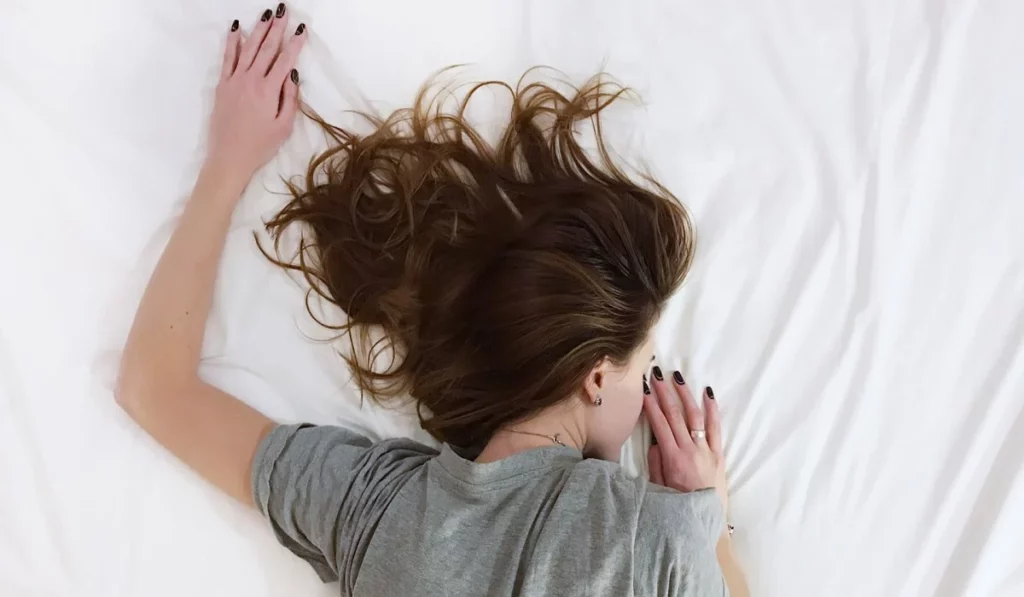
While the habit of going to bed with wet hair might seem harmless, it poses several risks to both your scalp and hair health. By understanding these risks and adopting healthier hair care practices, you can avoid the hidden dangers of sleeping with wet hair. Protecting your locks starts with awareness and ends with action, ensuring your hair remains strong, healthy, and beautiful.
It’s broadly advised against going to bed with wet hair due to various potential hazards, including the possibility of scalp infections, increased hair fragility, and hygral fatigue. If you find yourself needing to sleep with damp hair, taking precautions like utilizing a silk or satin pillowcase to lessen friction and applying leave-in conditioners to diminish harm can be beneficial. It’s also wise to ensure your hair is just mildly damp and not thoroughly wet to reduce risks.
Sleeping with wet hair doesn’t directly lead to hair loss, but it can indirectly contribute to conditions fostering increased hair thinning and breakage over time. Damp hair is more prone to damage, and rubbing against the pillow can cause strands to break. Moreover, a moist scalp can be an inviting environment for fungal growth, which can aggravate scalp conditions and potentially accelerate hair loss.
To avoid the pitfalls of sleeping with wet hair, aim to dry your hair thoroughly before hitting the pillow. Employing a microfiber towel to softly dab away moisture can greatly decrease drying time while avoiding harm. Utilizing a heat protectant followed by a blow dryer on a gentle setting can further hasten drying. Alternatively, for those avoiding heat, letting your hair air-dry well before bedtime or using products that speed up drying can be effective tactics.
Certain hair types, especially those that are fine or fragile, face greater risks from sleeping with wet hair due to their inherent susceptibility to breakage. Individuals with chemically altered or colored hair should also exercise extra caution, as their hair is already more prone to moisture and friction damage.
Indeed, using protective hair products like leave-in conditioners, serums, and oils can offer a safeguard for your hair during sleep. These products work by sealing the cuticle, retaining moisture, and reducing friction, thereby lowering the likelihood of damage. Selecting products that align with your hair type and applying them as recommended is crucial to avoid overburdening your hair or causing scalp problems.
Implementing appropriate nighttime hair care routines can profoundly impact preserving your hair’s health and strength. By recognizing the dangers of sleeping with wet hair and taking steps to counteract these risks, you can ensure your hair remains healthy and robust.

